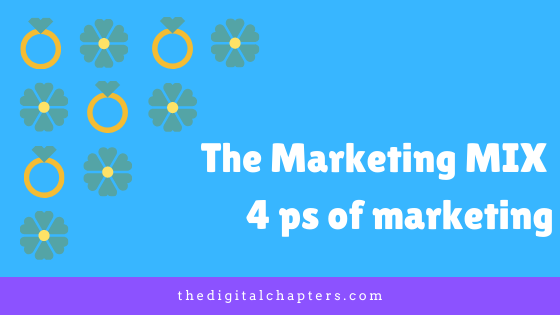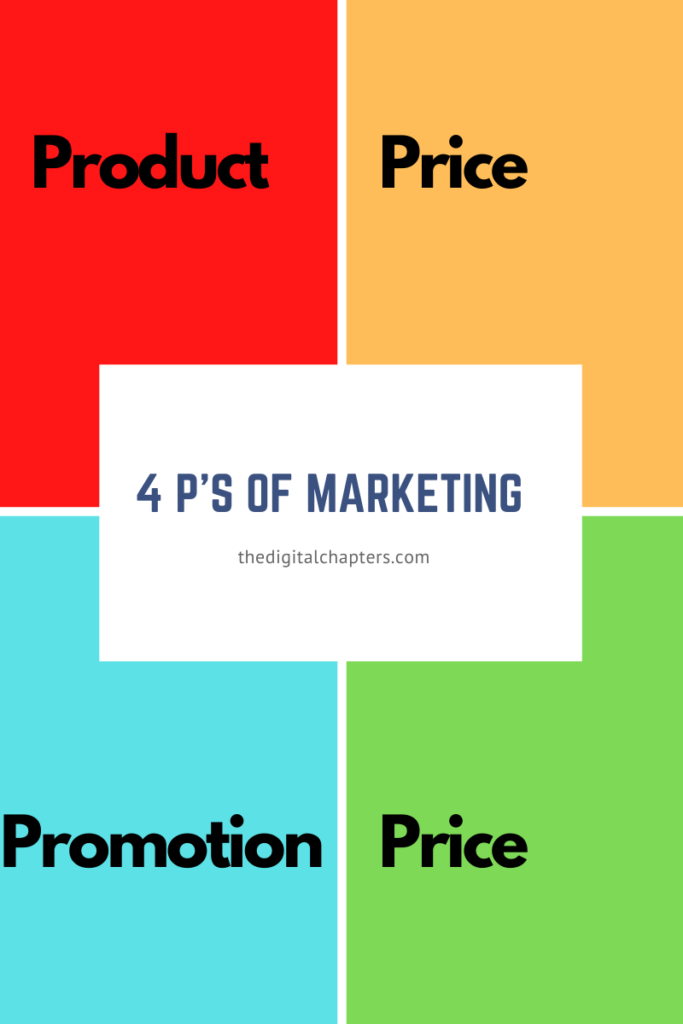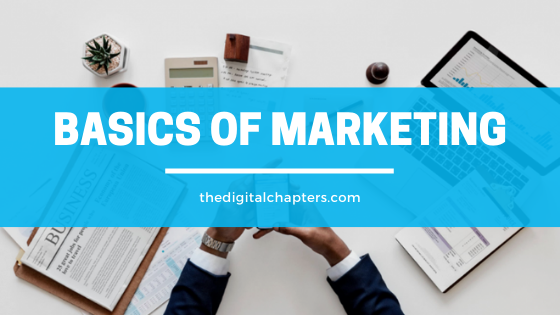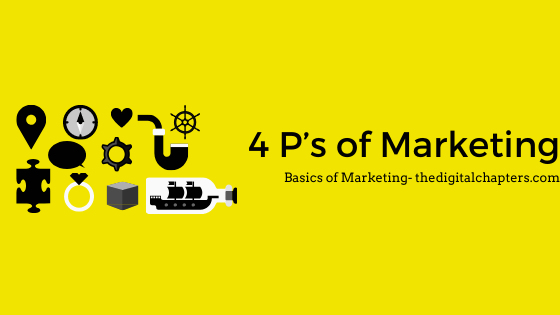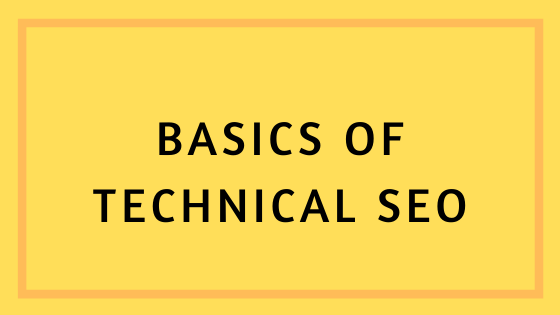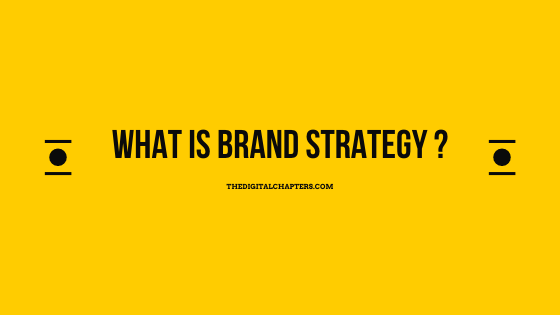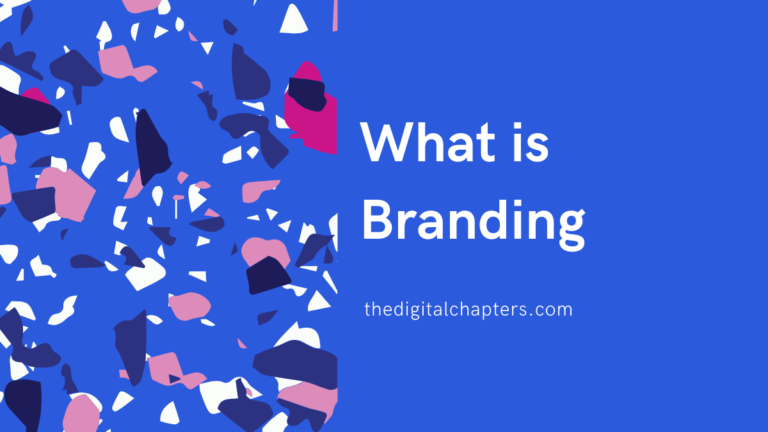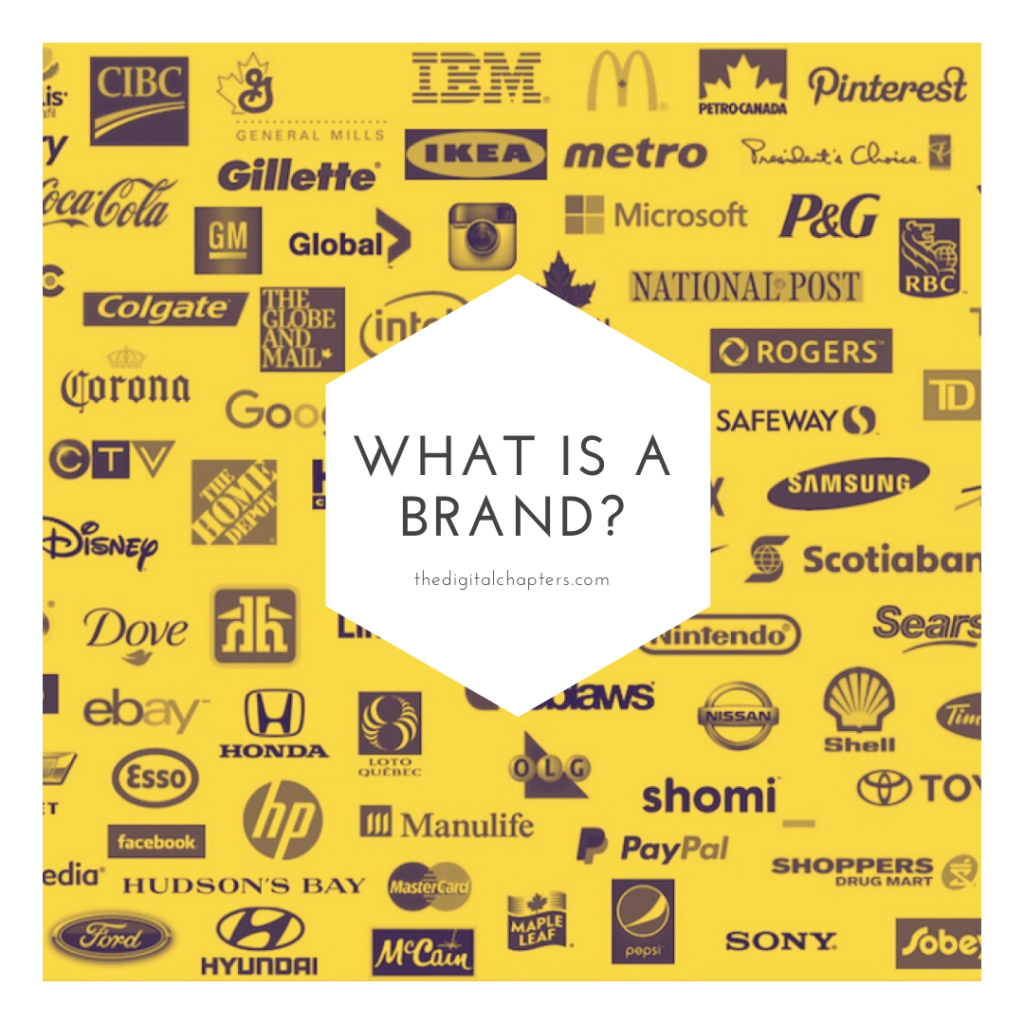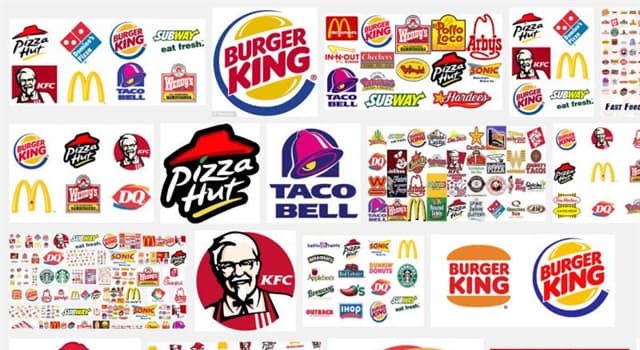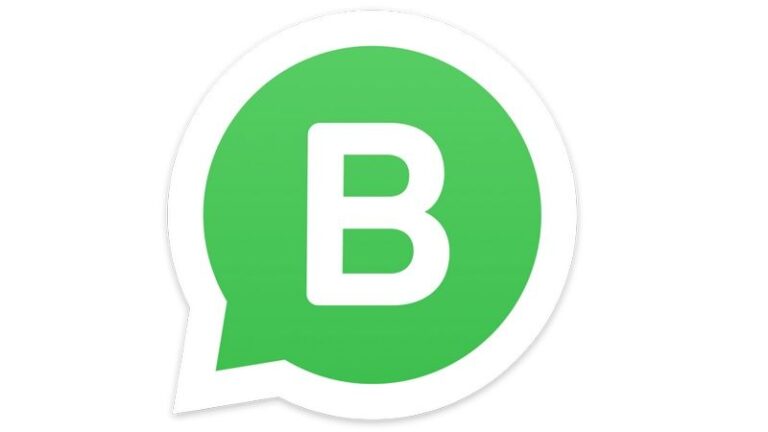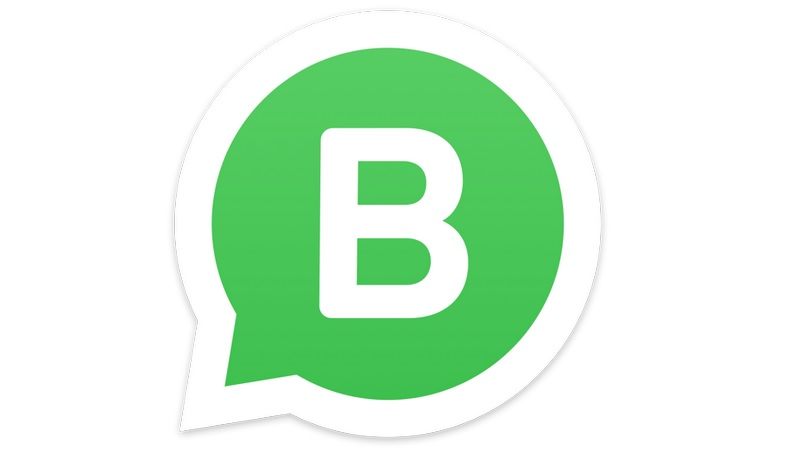The Marketing Mix
The marketing mix is a traditional foundation model for business which provides the basis for marketing strategy for businesses. Whether it is a small home business or a multi-billion dollar conglomerate, understanding of the marketing mix is of paramount importance for it could mean the difference between success and failure.
The original concept of marketing mix was introduced by Neil Borden to refer to the distinct elements which according to him were critical to marketing of a product and differentiate it from its competitors.
Table of Content
- Product
- Price
- Promotion
- Place
- Advantages of a marketing mix
- Disadvantages and limitations of a marketing mix
- 4Ps explained with an example
- Product
- Price
- Promotion
- Place
- Conclusion
As years passed, the concept of marketing mix evolved into the “Four Ps” of marketing which were formally coined by E. Jerome Mcarthy. The “Four Ps” in marketing are

MARKETING MIX
- Product
- Price
- Promotion
- Place
Let’s explore these element in further details
Product
“A product is anything that can be offered to a market for attention, acquisition, use or consumption. It includes physical objects, services, personalities, place, organizations and ideas.”
In other words, product is something that the producer sells to its consumers in the market. It could be a tangible product, an experience, an idea or a service.
It is the first activity in the marketing cycle and begins with an idea. The idea is normally something which satisfies a customer need.
The product can be a tangible product, intangible like service or a combination of both.
For example a regular ball point pen is something where in normal course you would not expect a service following the sale.
However in a fine dining restaurant, you get the physical product (food) and along with it comes the service experience.
The service part determines the overall experience and would include the staff behavior, service time and ambiance.
The key to an effective product is ensuring you have the right offering for the customer demands. One must look at the product from the perspective of the customer. Ask yourself
1. Does your product benefit the customer?
2. Does your product have the necessary features?
3. How is your product unique in comparison to competitors?
Price
The price is the value or the money the customer pays in exchange of your product or service. While the other elements of the marketing mix are en expense, price is an earning.
Getting the price right is extremely critical to success of your business.
There are several considerations while pricing and pricing definitely affects the customer perception of your product or brand.
For instance in automobiles a Suzuki car is priced very differently from a Mercedes car. One caters to the mass market while the other caters to a relative niche.
There are several pricing strategies like skimming (useful for innovative products), predatory low pricing (for a normal “new” product) or perceived value pricing (depending on product positioning).
Additionally one needs to be have a flexible approach toward pricing. It is important to understand the price elasticity of the product.
Decreasing the price slightly may cause a significant surge in demand.
While managing the pricing, ask yourself:
1. How does my price relate to my break-even ?
2. What is the perceived value of my product to the customer ?
3. How is my product prices in relation to the competitors?
Promotion
Promotion is the most visible element of the marketing mix. It is essentially all the communication you make to your potential customer regarding your product or service.
The promotion mix for your said product/ service is defines by various factors and can greatly influence the end success.
Promotion could be in the form of formal advertising, personal selling, online selling or relationship based selling. With the advent of the digital channels the promotional activity have undergone a sea change.
Aside from the television and print medium, internet has emerged as a strong alternative medium with an extensive reach. However for expensive or niche products personal selling still works best.
The promotion activities need to evolve constantly with changing times as the market is extremely dynamic.
Strategies that work today may not work tomorrow, so one must constantly tinker their plans.
When it comes to promotion, ask yourself:
1. How much can you spend on promotion?
2. Should you go for television ads or online or mix of both?
3. Does your promotional message convey your product or service essence?
4. How does your promotion compare with that of your competitors
Place
This is often the most overlooked aspect of the marketing mix. However placement is an extremely critical part.
Place here refers to the product placement and encompasses things like distribution network and the various channels employed for the same.
The important of placement in the marketing mix cannot be overestimated. What is the use of a great, well priced product that people know of but they cannot access it.
As a producer, you need to make sure that your product is available in areas accessible to your end consumer. For this one needs a thorough understanding of the market and the customer accessibility.
Putting it simply, it would mean answers questions like how is your sold and where is it brought.
The movement of the product from your production facility to the end customer could be through a combination of intermediaries like distributors, wholesalers and retailers.
You product or service normally dictates how it is placed.
You may look at direct selling (useful in case of seasonal products) or look at more complex Distribution methods may include, but are not limited to, door-to-door, retail, e-commerce, mail order, or on-site.
Depending on the market being catered you could look at intensive distribution, selective distribution or exclusive distribution.
The power of distribution is demonstrated by organization like Coca-Cola where the distribution channels are so strong.
So have a strong product placement, ask yourself the following
1. Where would your customers normally look for your product?
2. Are your products available at the right place and at the right time?
3. Where does your placement stand in relation to your competitors?
4. Marketing mix is an effective foundation framework that has certain advantages
Advantages of a marketing mix
It brings together various aspects of marketing decision making into a single framework making it easier to manage.
Allows segregating of marketing activities and allocation of the same to specialists.
It helps identify key drivers of sales, profit and performance.
It helps identify several high level “What if” scenarios and that compare market tactics; product sales activities and asses budget allocation across channels
It helps identify where you stand in conjunction to your competitors.
Enables you to efficient resource allocation across various activities and allows varying your activities in relation to the market conditions prevalent.
Allows you to take decisions taking in mind various interconnected aspects of marketing.
But like every framework, the traditional marketing mix also has a few drawbacks and limitations. One needs to be aware of the framework while applying it in a business context.
Disadvantages and limitations of a marketing mix
The marketing mix is not oriented towards customer behaviour, but is internal to the producer organization
The model does not take into account an iterative process of customer interaction and considers the customers as passive.
It is simplistic in the fact that it considers a singular product or service. However in today`s times most companies sell several products and services in a mix.
It does not account for customer relationships in terms of understanding behaviour patterns. This is an important
It does not address issues pertaining to productivity in terms of quality of product or service delivery.
Over the years the marketing mix has evolved to include three other elements i.e. People, processes and Physical environment.
This has helped overcome some of the limitations to an extent. However overall the model is still oriented internally.
People
This aspect deals with the people driving the marketing mix. Having the right people is essential as they are the one`s driving your service experience to the customer.
Processes
This deals with the steps which are required to deliver the product or service to the customer. The companies should share the process maps to their employees to ensure repeatable and successful delivery of product or service.
Physical Evidence
This could be the place where the service is delivered and would include the branding and overall environment for the service delivery.
4Ps explained with an example
Let’s consider the example of McDonald’s. McDonald’s mix (4Ps) involves varied approaches that enable it to meet its business targets in geographically and economically different markets spread across the world.
McDonald`s uses it`s globally acclaimed marketing mix and replicated it across numerous locations and franchise.
While it is mostly standardized, McDonald’s also applies some variations in its marketing mix to suit the conditions of local or regional markets.
Product
Its product mix consists mostly of food and beverage products.
The product mix includes vegetarian and non-vegetarian options and has gradually expanded the product offerings from its famous burgers to items like deserts, breakfast options, and customized beverages.
Expanding the product mix reduces the company’s dependence on singular products.
Price
The company uses unique pricing strategies including bundle and psychological pricing strategies. For example bundling items together into a happy meal and offering pricing that is less than the sum of whole.
Also offering prices like INR 49/99/- instead of INR 50/- or INR 100/-
Promotion
McDonald’s extensively uses television and print advertisement for its products.
Additionally attaching discount coupons with newspapers is another popular method of attracting people to its restaurants or incentivise people to order home.
Place
McDonald’s delivers its product and services through a mix of restaurants, kiosks, mobile apps and its website.
While its restaurants are the places where the company generates the majority of the revenues, the other formats are becoming increasingly popular.
For instance the small kiosks deal with limited items like ice creams and drinks, while the app and the website are extensively used to order from home.
Conclusion
While the Marketing Mix products a useful framework for evolving the marketing strategies, in today`s time, it must be used in conjunction with strategies that account for customer behaviour and customer relationship management. In other words, the marketing mix must be customer-centric.

